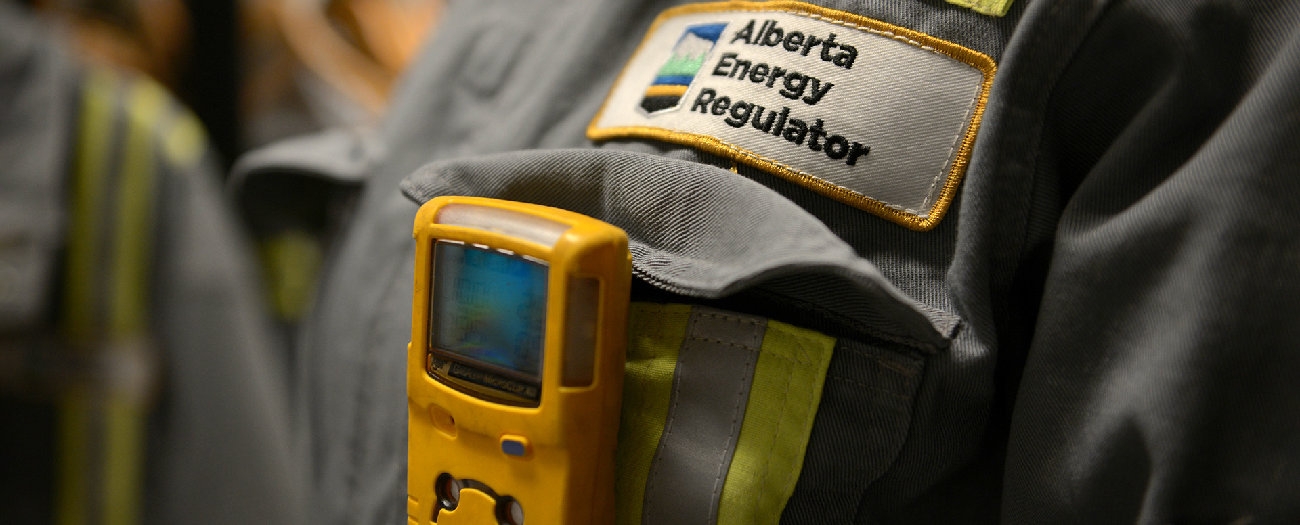Like dipping sauce, natural gas can be sweet or sour—but the latter can be tough to swallow (and smell)
Alberta - March 05, 2019I have sweet friends, but I’m nothing like them. I stink, but you can’t always smell me. I can be used in life-giving fertilizers, but I’m a killer. What am I?
Answer: I’m sour gas, a natural gas that contains measurable amounts of hydrogen sulphide (H2S).
Here in Alberta, natural gas is an essential part of how we live. We use it to heat our homes and water, generate electricity, and fuel our stoves. It’s a sweet commodity, but sometimes you don’t get sweet without a little sour. Sour gas is colourless, flammable, and, unlike its sweet counterpart, it can be deadly.
Here are five things you need to know about H2S.
- More common than you think: Sour gas makes up about one-third of the gas produced in Alberta. There are over 6000 sour gas wells in Alberta. Much of this sour gas is used to recover sulphur that can then be manufactured into fertilizers, paper, pharmaceuticals, pesticides, steel, and other products.
- Au naturel: H2S is formed naturally when organic materials break down in the absence of oxygen, including many geological formations. Also natural? H2S’s signature scent. If you pass a sewer, a swamp, or even certain types of processing facilities, you may catch a whiff of Eau de Rotten Egg. At low concentrations, this odour is a distinct marker of sour gas—but, at high concentrations, H2S can actually inhibit scent, and that’s where the trouble begins.
- A sour note: Toxic to humans and animals, even at low levels, H2S can have noticeable effects on health. When exposed to sour gas, people may experience eye and throat irritation, dizziness, and respiratory difficulties. High levels of H2S can be immediately dangerous to life and health, so precautions are taken; for example, maintenance and inspection staff entering the field must complete Energy Safety Canada’s H2S Alive training, which ensures that workers can complete a hazard assessment, detect H2S with their senses and tools like personal gas monitors, and use respiratory protective equipment.
- Sniff it out: You’ve heard of sniffer dogs, but how about sniffer trucks? That’s how some refer to the Alberta Energy Regulator’s (AER) two air-monitoring units (AMUs), which measure gas concentrations and can be dispatched when there is an incident such as a blowout or sour gas leak. H2S is a colourless substance, and high concentrations of it make it hard for our noses to detect, but it’s no match for an AMU.
- Sweet salvation: The AER is recognized as a leader in developing and implementing sour gas regulations. To help protect the public and the environment, the AER
- reviews drilling plans on projects that include H2S,
- ensures that companies have emergency response plans in the event of H2S releases,
- evaluates the distance between sour gas facilities and residential areas, and
- conducts regular inspections.
Industry is required to follow Directive 071: Emergency Preparedness and Response Requirements for the Petroleum Industry, which sets out requirements for developing emergency response plans and responding to incidents and emergencies. If these requirements are not met, the AER enforces action through its compliance assurance program.
Note: AER inspection and emergency response staff are on call throughout the province, 365 days a year. If you believe there is an H2S emergency, get to a safe place, call 911 if emergency medical services are required, and call 1-800-222-6514 to bring our incident response team to your side.
Natalie Brodych, Writer


